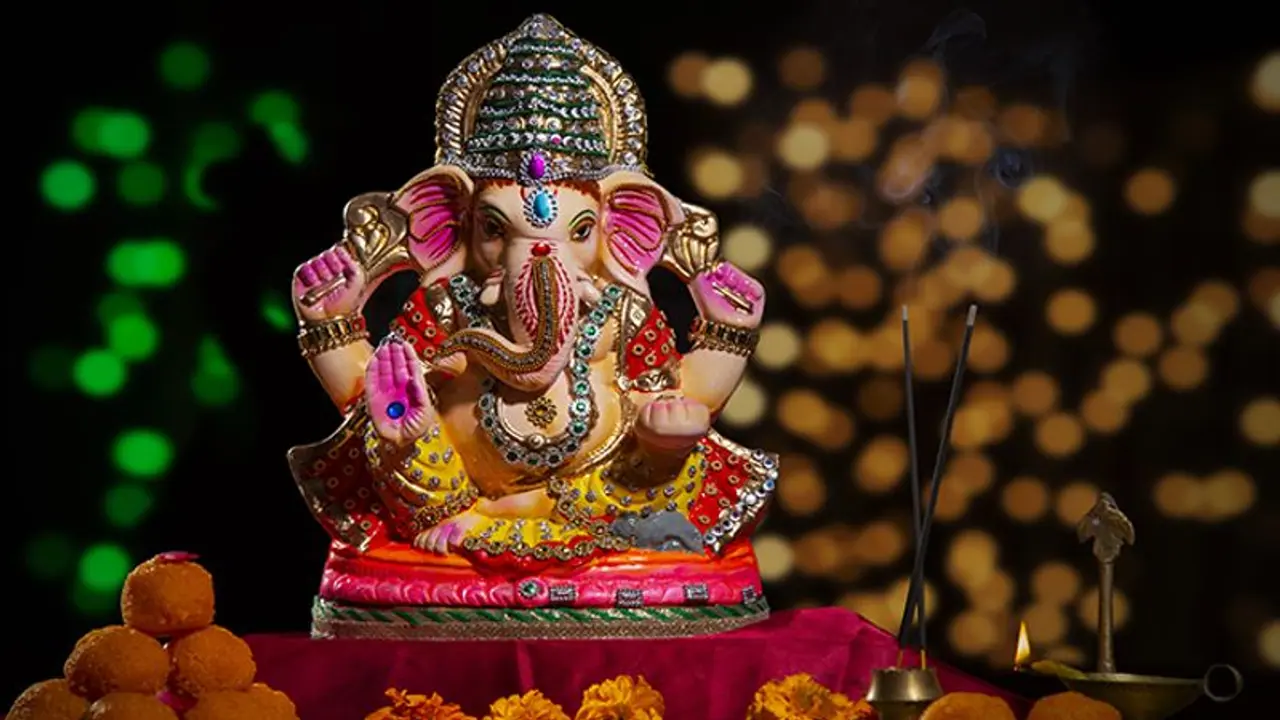The Hindu festival Ganesh Chaturthi, which honours Lord Ganesha, is widely observed in India. Here is everything you need to know, from date to history.
The important Ganesh Chaturthi celebration is quickly approaching. It is also known as Vinayaka Chaturthi or Ganeshotsav, and it is one of the most well-known Hindu holidays celebrated in India. It is devoted to Lord Ganesha, the god of wisdom, riches, and new beginnings and the son of Lord Shiva and Goddess Parvati. In the Hindu month of Bhadrapada, between August and September, it usually occurs. In particular, Maharashtra, Gujarat, Odisha, Uttar Pradesh, and Karnataka celebrate the holiday with considerable zeal and intensity. The Drik Panchang states that the 10-day Vinayak Chaturdashi 2023 celebration would start at 12:39 PM on September 18, 2023, and terminate at 20:43 PM on September 19, 2023. The Madhyahna Ganesha Puja Muhurat will also start at 11:01 and last until 01:28. The same will last for 02 hours and 27 minutes.

Also Read: Nivin Pauly's movie ' Action Hero Biju' gears up for its sequel
Chaturthi Tithi Begins - 12:39 pm on September 18, 2023
Chaturthi Tithi Ends - 01:43 pm on September 19, 2023
According to Hindu mythology, Lord Ganesh is thought to be the child of Lord Shiva and Goddess Parvati. Legend has it that when Lord Shiva was furious, he severed Lord Ganesh's head and replaced it with an elephant's head to console Goddess Parvati, who was grieving. Therefore, Lord Ganesh is invariably portrayed as having an elephant-like head, a muscular torso, and four arms. It is believed that worshipping Lord Ganesh, also known as Ekdanta, Lambodara, and other names, will change people's fortunes and remove calamities and obstacles from their paths.
Ganesha sculptures are erected on elevated platforms in homes or in ornately decorated outside tents at the start of the event. The initial stage of worship is known as pranapratishtha, a ritual that brings the idols to life. The 16 ways to express worship, or shhodashopachara, come next. The Ganesh Upanishad and other Vedic hymns are chanted as red sandalwood paste, yellow, and red flowers, and the statues are decorated. There are also 21 modaks, a sweet dumpling that is said to be Ganesha's favourite food, coconut, and jaggery available. Large procession of idols are carried to local waterways at the festival's conclusion while being accompanied by drumming, devotional chanting, and dance. They are submerged as part of a rite to symbolise Ganesha's journey back to Mount Kailas, the place where his parents, Shiva and Parvati, reside.
Devotees from all across India and abroad gather during this festival to adore Lord Ganesha and ask for his blessings on success and the elimination of impediments. It is stated that those who worship Ganesha are able to realise their aspirations and objectives. The primary message of Ganesh Chaturthi is that those who pray to him will receive forgiveness for their misdeeds and be guided towards a life of learning and understanding. Historical observance of the day dates back to King Shivaji's era. During India's War of Independence, Lokmanya Tilak changed Ganesh Chaturthi from a private festival to a significant public holiday that allowed people from all social castes to congregate, pray, and be together.
Also Read: Zeenat Aman shares sweet memory of Norway issuing stamps in her honour - READ
